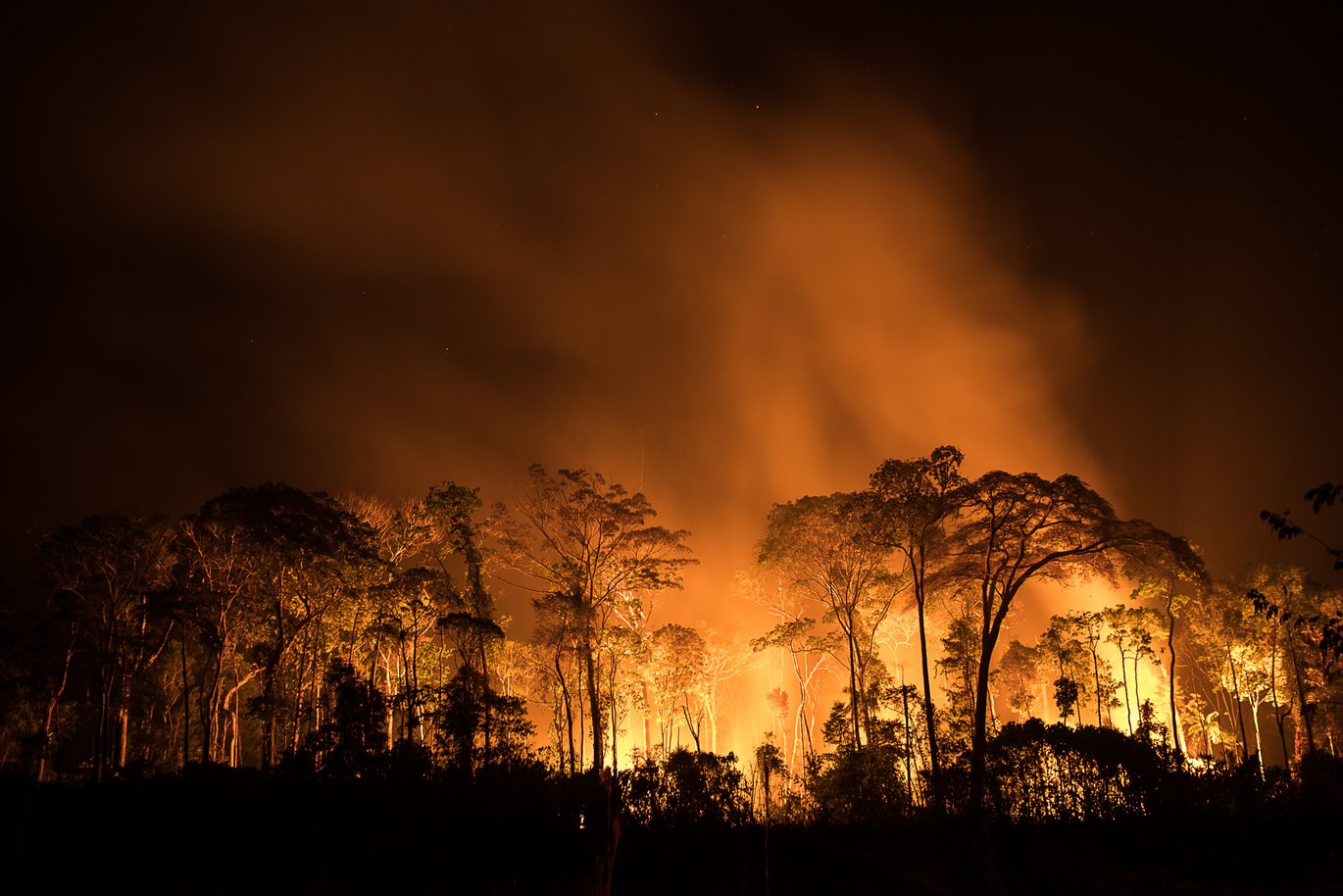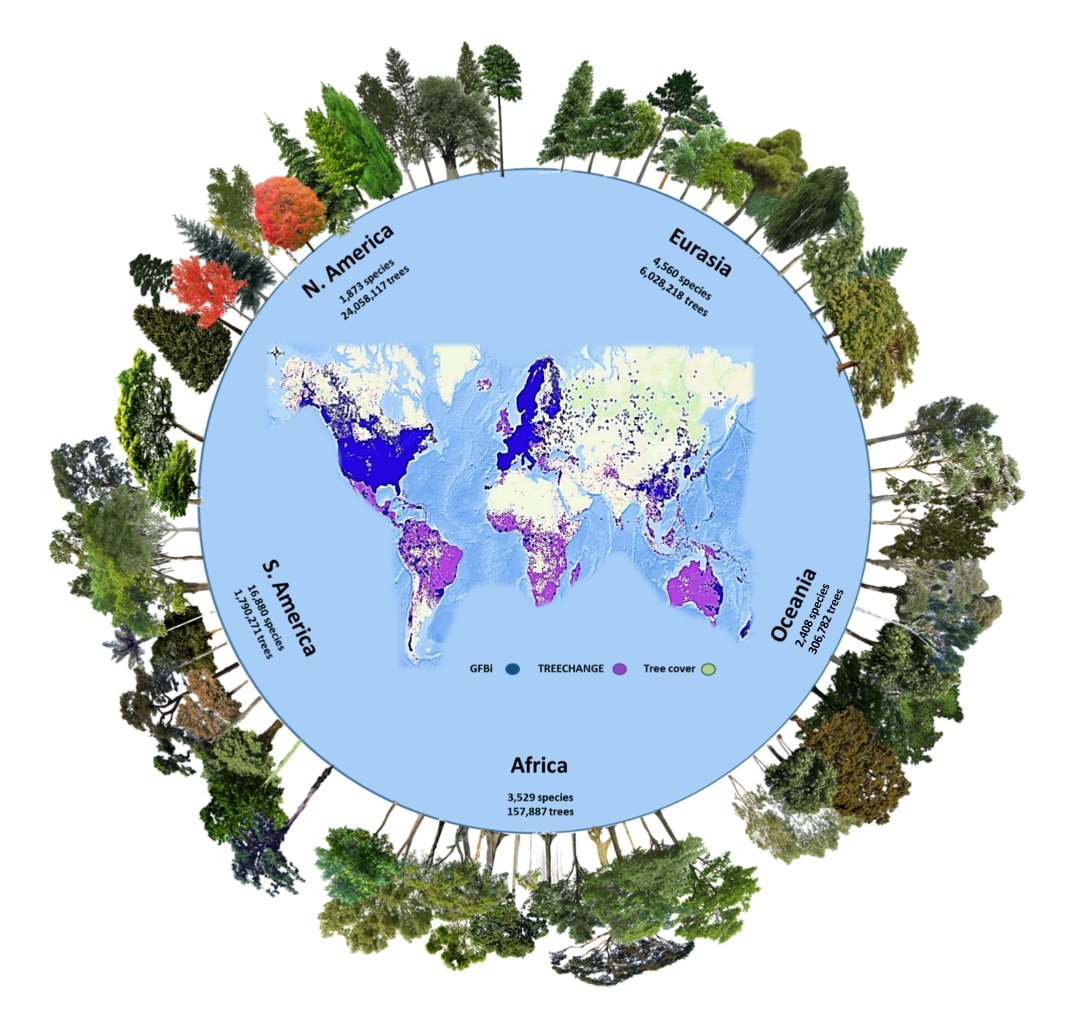Latest count: There are 73,300 tree species on Earth. More than 9,000 of them have yet to be discovered
With data from Aarhus University, among other places, more than 140 researchers from all over the world have calculated that there must be some 73,300 tree species on Earth, of which around 9,200 are as yet undiscovered. This is 14 per cent higher than previously assumed. The study also suggests that almost one-third of the species are rare.


Most rare species grow in tropical forests, where, to a large extent, they are threatened by deforestation and climate change. The new study advocates stronger efforts to protect species-rich tropical and subtropical forests all over the world.
This applies in particular for South America, which is likely to be the only home for almost half of the world's tree species, including a large proportion of rare species.
The researchers have reached the new figures by merging two extensive databases of tree diversity, TREECHANGE and the GFBI, and then filtering out duplicates and erroneous observations.
Data from Aarhus University
TREECHANGE is based at Aarhus University as a research project headed by Professor Jens-Christian Svenning. The database contains over 49,000 different species and data on approx. 37 million individuals.
The GFBI (Global Forest Biodiversity Initiative) monitors 1.2 million areas of land spread over 70 countries, and it contains approx. 28,000 species.
The researchers have used new and advanced statistical methods to estimate the number of species of trees on Earth, and where there may be species that have not yet been described.
The results have just been published in the scientific journal Proceedings of the National Academy of Sciences (PNAS).
Based on the calculations, the undiscovered species are distributed as follows:
- South America 43%
- Eurasia 22%
- Africa 16%
- North and Central America 15%
- Oceania 11%
Trees are of fundamental significance
Jens-Christian Svenning from Aarhus University explains in the background to the study that trees have a fundamental significance for the biosphere as a key ecological element in forests and savannahs for biodiversity and for many people. However, up to now, there has been a lack of overview of tree species, both regionally and globally, and this has made it difficult to organise effective protection.
"There’s often greatest focus on the number of trees in afforestation projects, but the diversity of the species is also extremely important. Our analyses show that approximately one-third of the species are likely to be rare, and thus particularly vulnerable to habitat destruction and climate change. This points to a need to better safeguard the world's diversity of tree species, primarily by protecting the world's natural areas and not least in regions rich in rare species of trees. Another measure is to include more rare and endangered species in afforestation projects," says Jens-Christian Svenning. "We could also be better at incorporating the full breadth of indigenous tree species in afforestation projects in Denmark," he concludes.
Most rare species grow in tropical forests, where, to a large extent, they are threatened by deforestation and climate change. The new study advocates stronger efforts to protect species-rich tropical and subtropical forests all over the world.
This applies in particular for South America, which is likely to be the only home for almost half of the world's tree species, including a large proportion of rare species.
The researchers have reached the new figures by merging two extensive databases of tree diversity, TREECHANGE and the GFBI, and then filtering out duplicates and erroneous observations.
Data from Aarhus University
TREECHANGE is based at Aarhus University as a research project headed by Professor Jens-Christian Svenning. The database contains over 49,000 different species and data on approx. 37 million individuals.
The GFBI (Global Forest Biodiversity Initiative) monitors 1.2 million areas of land spread over 70 countries, and it contains approx. 28,000 species.
The researchers have used new and advanced statistical methods to estimate the number of species of trees on Earth, and where there may be species that have not yet been described.
The results have just been published in the scientific journal Proceedings of the National Academy of Sciences (PNAS).
Based on the calculations, the undiscovered species are distributed as follows:
- South America 43%
- Eurasia 22%
- Africa 16%
- North and Central America 15%
- Oceanien 11%
Trees are of fundamental significance
Jens-Christian Svenning from Aarhus University explains in the background to the study that trees have a fundamental significance for the biosphere as a key ecological element in forests and savannahs for biodiversity and for many people. However, up to now, there has been a lack of overview of tree species, both regionally and globally, and this has made it difficult to organise effective protection.
"There’s often greatest focus on the number of trees in afforestation projects, but the diversity of the species is also extremely important. Our analyses show that approximately one-third of the species are likely to be rare, and thus particularly vulnerable to habitat destruction and climate change. This points to a need to better safeguard the world's diversity of tree species, primarily by protecting the world's natural areas and not least in regions rich in rare species of trees. Another measure is to include more rare and endangered species in afforestation projects," says Jens-Christian Svenning. "We could also be better at incorporating the full breadth of indigenous tree species in afforestation projects in Denmark," he concludes.
Supplementary information
The scientific article "The number of tree species on Earth" in PNAS
The TREECHANGE project was established with funding from the Independent Research Fund Denmark, and has been continued with Jens-Christian Svenning’s Villum Investigator grant.
Contact:
Professor Jens-Christian Svenning, head of TREECHANGE and the Center for Biodiversity Dynamics in a Changing World (BIOCHANGE) at the Department of Biology, Aarhus University
Email: svenning@bios.au.dk
Phone: + 45 2899 2304
